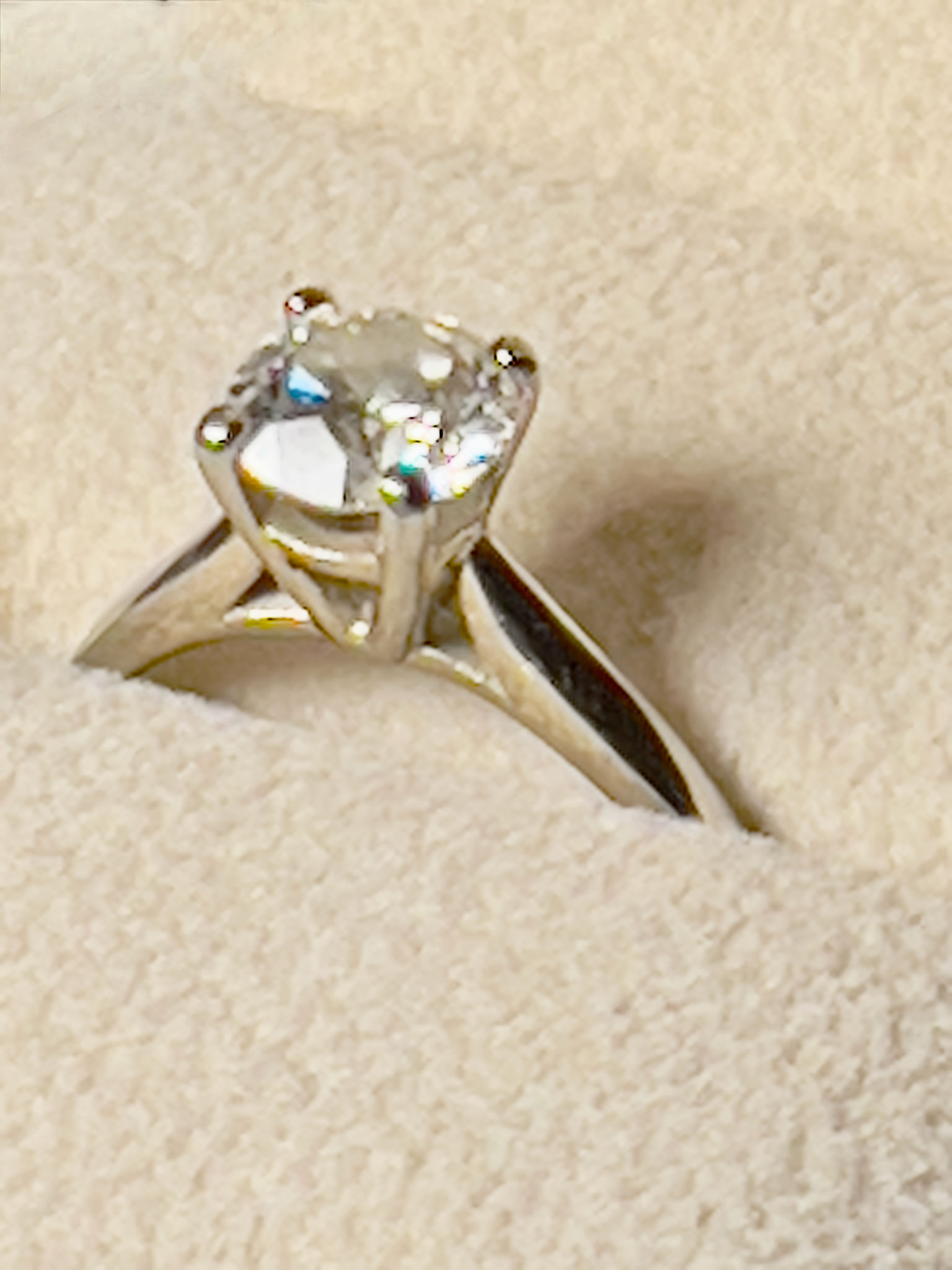Understanding Cultural Preferences in Jewellery: A Guide for International Traders
Introduction to Cultural Preferences in Jewellery
In the dynamic world of international jewellery trade, understanding cultural preferences is crucial. Jewellery is not just an accessory; it often carries deep cultural and emotional significance. For international traders, being aware of these cultural nuances can greatly enhance business success and customer satisfaction.

Historical and Cultural Significance
Jewellery has been part of human history for thousands of years, serving as symbols of wealth, status, and identity. Different cultures have distinct preferences and meanings associated with various types of jewellery. For instance, gold is a symbol of prosperity in many Asian cultures, while silver might be more valued in others due to its purity and elegance.
Symbolism and Traditions
Understanding the symbolism and traditions associated with jewellery in specific cultures can help traders cater to their audience more effectively. For example, in India, jewellery is traditionally associated with auspicious occasions and is considered a vital part of wedding ceremonies. In contrast, in Western cultures, diamonds are often associated with love and commitment, making them popular for engagement rings.

Material Preferences Across Cultures
The choice of materials used in jewellery varies significantly across different regions. While some cultures prefer gold due to its enduring value, others may opt for materials like jade or coral, which hold cultural significance. Knowing these preferences can guide traders in selecting the right products for their target markets.
Designs and Aesthetics
Design preferences also play a crucial role. While intricate designs are favored in Middle Eastern cultures, Scandinavian jewellery tends to be more minimalist and modern. Recognizing these differences enables traders to tailor their offerings to meet the aesthetic expectations of their customers.

Market Research and Adaptation
Conducting thorough market research is essential for understanding cultural preferences. This involves studying consumer behavior, local fashion trends, and historical influences. Traders can use this information to adapt their collections and marketing strategies accordingly.
Building Relationships with Local Artisans
Collaborating with local artisans can provide invaluable insights into cultural preferences. These artisans often have a deep understanding of traditional designs and can help create pieces that resonate with local consumers. Such partnerships not only enrich a trader’s offerings but also support local communities.

Leveraging Technology for Better Understanding
Technology can be a powerful tool in gaining insights into cultural preferences. Social media platforms, online surveys, and analytics tools can provide real-time data on consumer trends and preferences. This information can help traders stay ahead of the curve and make informed decisions.
Moreover, virtual reality and augmented reality technologies are increasingly being used to create immersive shopping experiences that appeal to diverse cultural tastes, enhancing customer engagement.
Conclusion
Navigating the complex landscape of cultural preferences in jewellery requires an informed approach. By understanding the historical significance, material preferences, and design aesthetics of different cultures, international traders can effectively cater to their markets. Combining traditional knowledge with modern technology ensures that businesses can meet the diverse needs of their global clientele, fostering long-lasting relationships and success in the international jewellery trade.
